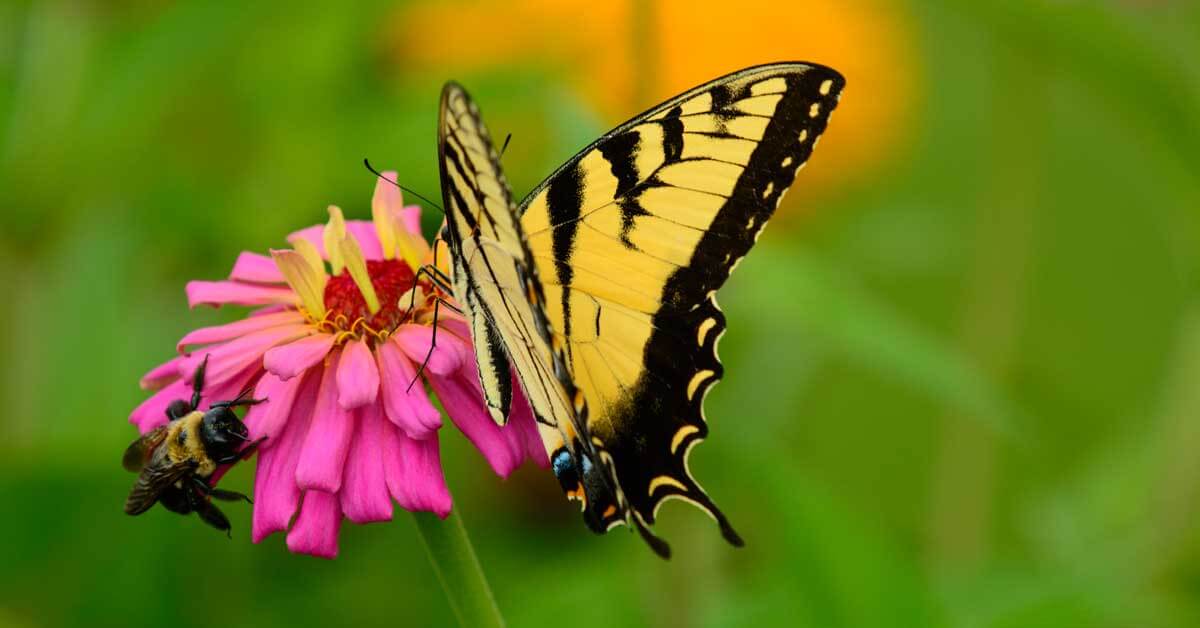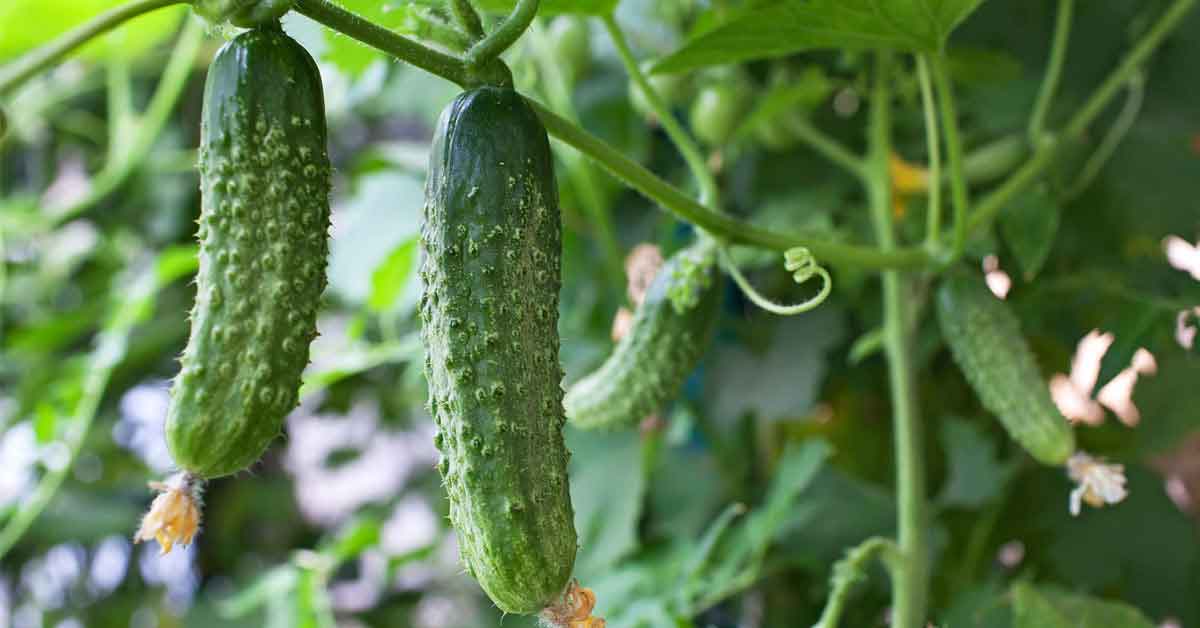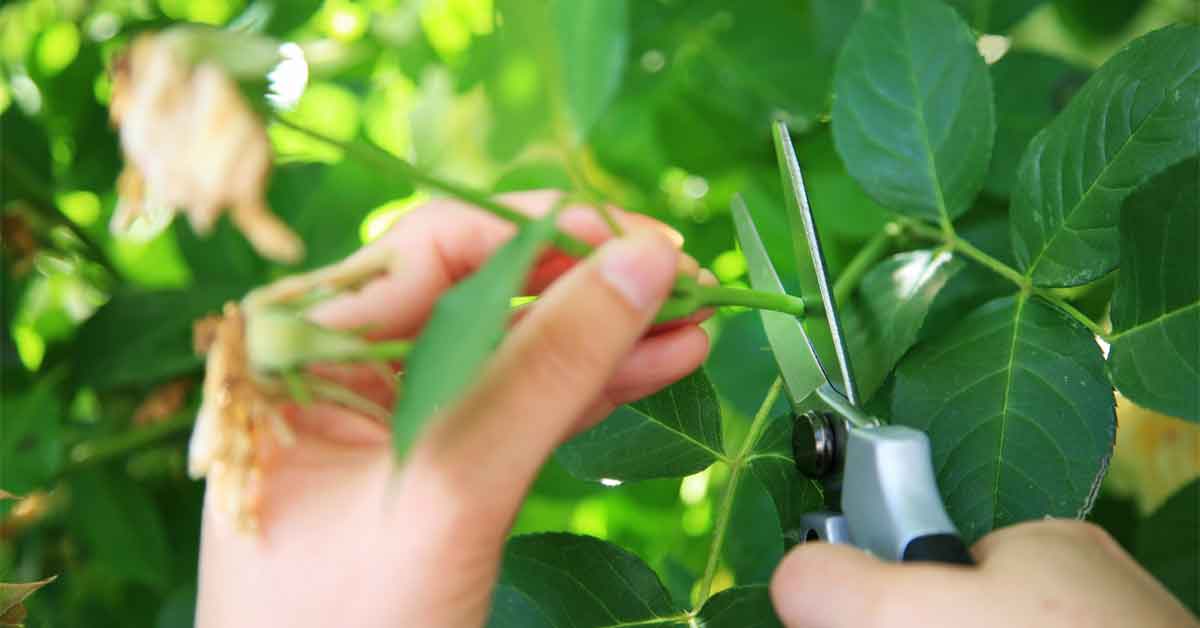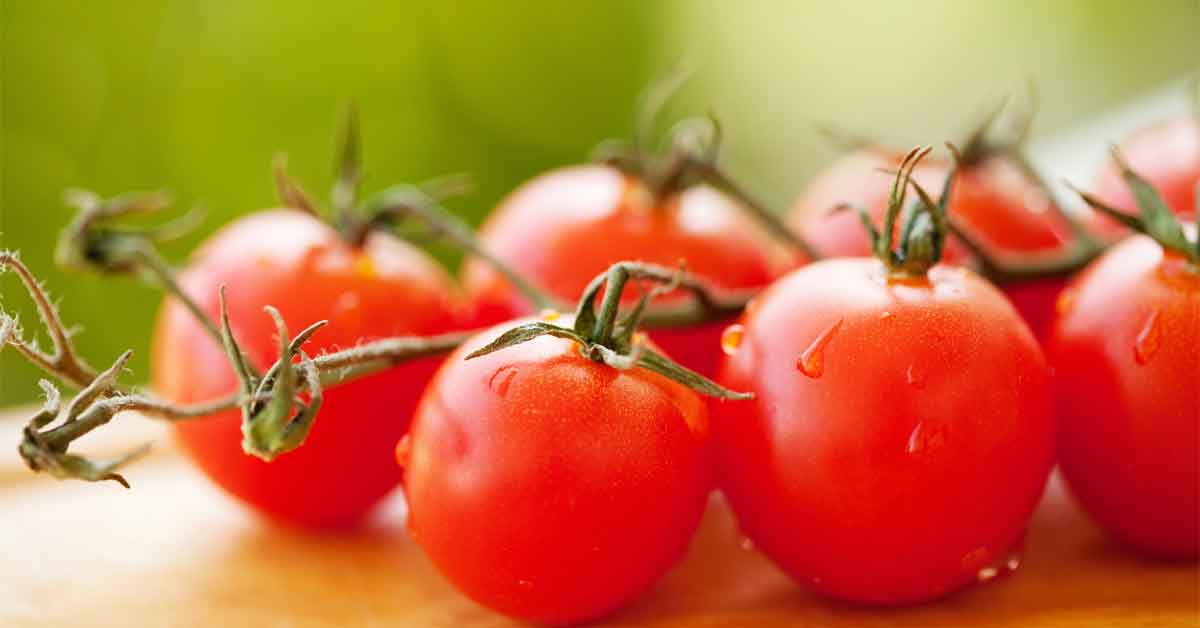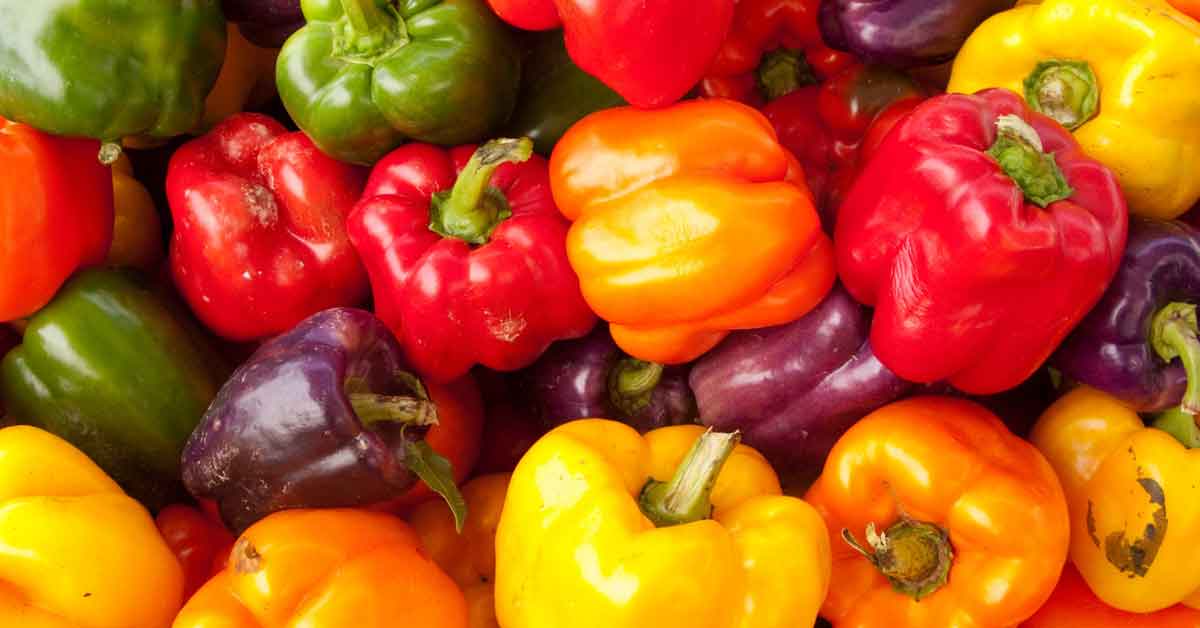Draw Pollinators Like Bees, Birds & Butterflies to Your Garden
Butterflies, bees and birds add beauty and excitement to gardens, but those aren't the only reasons to invite them in. Many ornamental and edible plants rely on these colorful creatures to transfer the pollen within their blooms. The simple acts of pollination and cross-pollination ensure plants produce seeds and fruits, and they result in bigger, better crops of fruits and vegetables for you.1 Making your garden pollinator-friendly is simple when you garden with pollinators in mind.
Choosing Pollinator Plants
Pollinators vary in what they look for in gardens; your plant choices can anticipate their preferences and needs. Bees, for example, need both pollen and nectar. Hummingbirds and butterflies seek nectar only — but that doesn't keep them from transferring pollen as they feed.
Satisfy pollinator requirements with diverse flowers that meet both needs. Monarda, also known as bee balm, is a rich nectar source. Plants with simple, sunflower-like blooms, such as coneflowers, black-eyed Susans, asters and zinnias, generally provide both pollen and nectar. Flowering herbs, such as lavender, are excellent additions, too.
Flower shapes and colors also matter to pollinators. Bees prefer white, yellow and blue blooms. Birds like red, orange and white. Bright, vivid colors, including red, yellow and purple, draw butterflies. Butterflies and bees favor flat, open blooms with big petals for easy landings and short nectar tubes.1 Tubular, trumpet-shaped blooms, such as honeysuckle and lobelia flowers, are hummingbird favorites. With their long beaks, these birds reach nectar that insects and other birds can't.
Native plants are especially important to pollinators and other wildlife. Unlike honey bees, which came from Europe, native insects have special relationships with native plants from their regions.1 Some native pollinators aren't picky, but others will only feed on native plants they've come to know. By using these in your planting schemes, everyone is welcome.
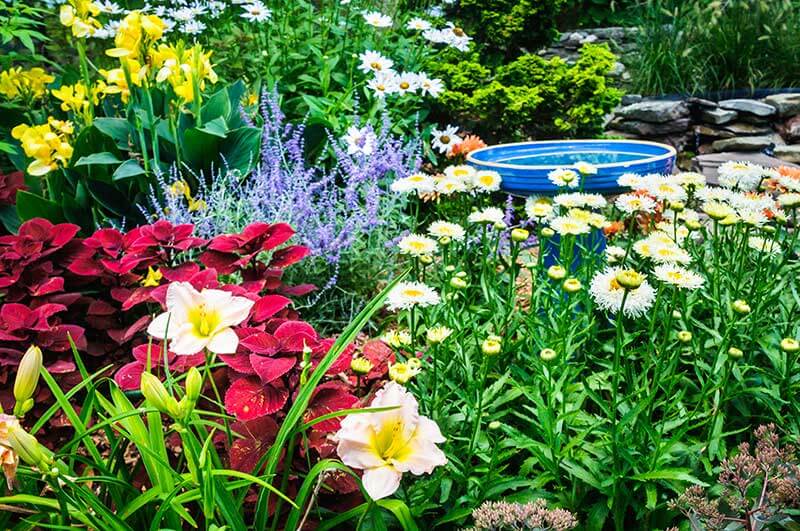
Planning and Planting Your Garden
Whether your pollinator garden is a window box or a rambling border, choose a spot with full, direct sun and protection from harsh winds. Butterflies in particular prefer resting or feeding spots shielded from gusts.
Fill your sunny garden with plants that bloom at staggered times throughout the year and flowers that bloom for long periods. Plant in larger groups — three to five plants instead of singles — so pollinators can forage without expending a lot of energy. Vary plant heights to create layers that add safety and shelter. These steps ensure your garden supports bees, birds and butterflies all season long.
Nourish the plants in your garden with Pennington Rejuvenate Plant Food All Purpose 4-4-4, which revitalizes your soil as it feeds your plants.
The nutrient-rich formula keeps the plants healthy and yields more blooms, fruits and vegetables.
Mixing annuals, perennials and edibles in your landscape provides diversity for pollinators and draws non-pollinating songbirds and other wildlife, too. As blooms pass, seeds provide welcome food. Fallen fruits, including raspberries and blackberries purposely skipped at harvest time, provide food and energy for butterflies and birds.
You may want to plan a few patches of special plants to host specific desirable caterpillars. You'll sacrifice leaves as the caterpillars feed, but that means more butterflies once they mature. Monarch caterpillars, for example, feed exclusively on milkweed leaves. Black swallowtail caterpillars prefer dill and parsley.
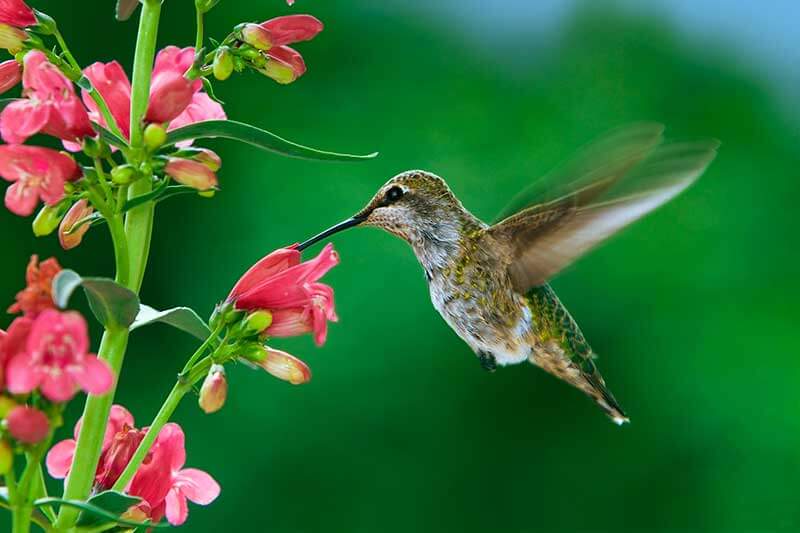
Adding Inviting Elements
Beyond your plants and planting designs, other aspects of your garden help attract pollinators and other wildlife — and keep them around. Consider adding the following elements:
- A shallow source of water for drinking. Bees, butterflies and birds all need water. A birdbath, shallow saucer or an intentional mud puddle will help.
- A bubbling fountain or gently moving water for bathing. Nectar gathering is pretty sticky business. Hummingbirds especially benefit from spots to wash up.
- Sun-drenched stones or pebbles for resting. Butterflies need warm, sunny spots to rest and recharge.
- Areas of bare, unmulched soil. Many native bees, typically very docile, nest in the ground. They need mulch-free soil to settle in.
- Shelters, such as butterfly boxes, bird houses or insect boxes. These provide cavity-nesting bees and other pollinators with safe retreats.
- Bird feeders. Nectar feeders and seed feeders supplement the food your flowers provide.
By incorporating these elements into your plans, what was once just a feeding and foraging spot becomes a home for pollinators, too. Consider keeping a garden journal of your new acquaintances and their preferences. You'll enjoy tracking changes from year to year.
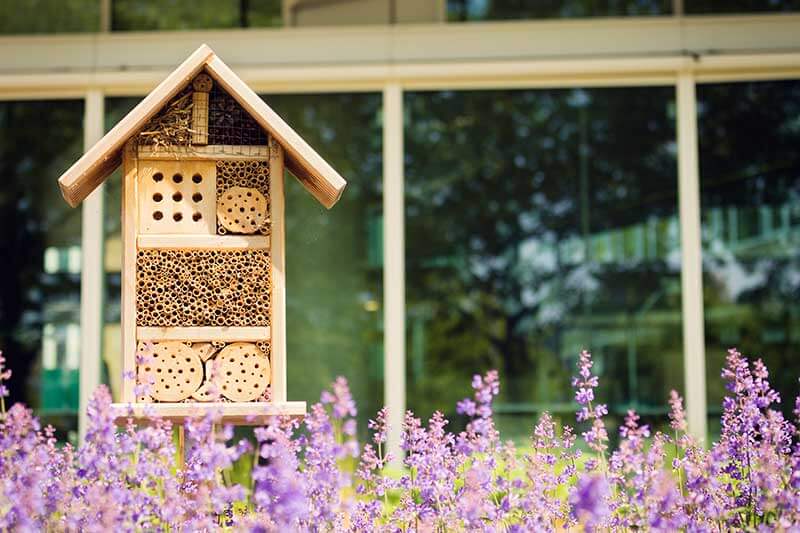
Using Pest Controls Responsibly
When you share your garden with pollinators and wildlife, pest problems can still appear. If pest controls become necessary, minimize their impact on welcome pollinators and other wildlife with the following tips:
- Learn to identify good bugs versus bad bugs. Know the difference before you treat.
- Use trusted pest controls, such as Sevin garden insecticides, won't harm your plants or blooms.
- Target specific insect pests and affected plants. With Sevin Insect Killer Ready To Use2, you can adjust the spray nozzle for precision spot treatments and kill listed pests on contact.
- Apply pesticides in early evening, as activity slows down. Pollinators are most active during midday, when the warm sun boosts nectar production in flowers.
- Avoid letting pesticides drift, and don't treat plants or areas unnecessarily. Treat when winds are calm.
- Avoid spraying open blooms. A butterfly may stop to sip nectar soon, or tiny bees may be napping inside.
By making your garden a welcoming place for bees, butterflies and birds, you can enjoy the beauty of pollinators in action and reap the rewards at harvest time. GardenTech® brands and the GardenTech email newsletter are here to help you learn about gardening and experience its benefits and joys.
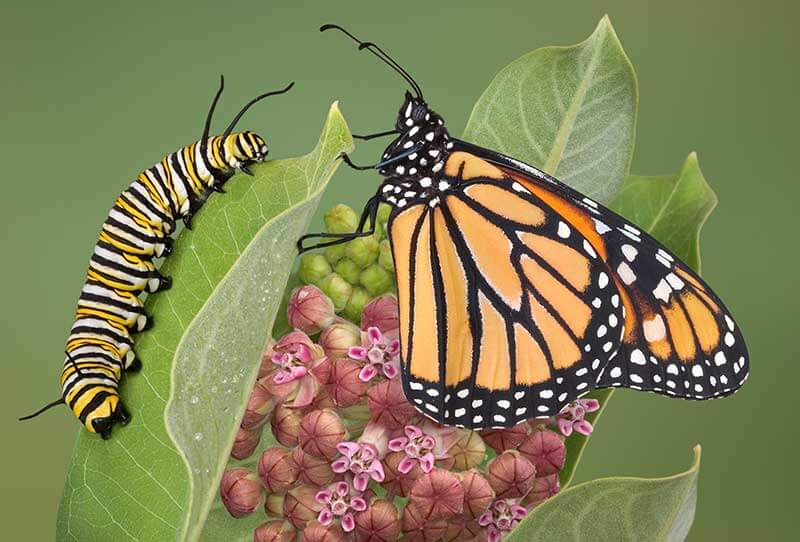
Always read product labels thoroughly and follow instructions carefully, including guidelines for pre-harvest intervals (PHI) and treatable plants.
Sevin is a registered trademark of Tessenderlo Kerley, Inc.
GardenTech is a registered trademark of Gulfstream Home and Garden, Inc.
Source:
1. E. Ley, et al., "Selecting Plants for Pollinators," NAPPC and Pollinator Partnership, pgs. 8-18.
Get Monthly Gardening Advice!

